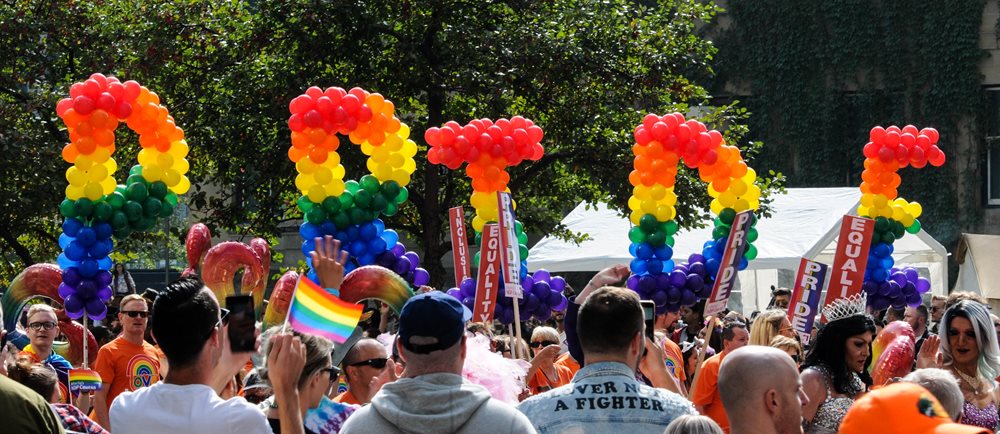Written by Michele Wheat
The Origin of Pride Month
Prior to and throughout the 1960s, being gay was considered a mental illness in the United States; lesbian, gay, bisexual, and transgender Americans were severely ostracized, stigmatized, and harmed as a result. Unfortunately, this oppression was further perpetuated by police who regularly threatened and beat LGBT+ persons (Lesbian Gay Bisexual Transgender & related groups), as well as targeted affiliated establishments.
By the late 1960s, the gay community was sick of the way they were being treated by law enforcement, and on June 28th, 1969, decided to fight back when police raided the New York gay bar Stonewall Inn for the second time in one week. The raid incited a six day conflict with protesters rallying against the systemic abuse. These series of demonstrations in and around Christopher Street would ultimately spark huge change within the LGBT+ community, as well as society overall.

How To Celebrate Pride Month
Since the Stonewall Uprising of 1969, gay rights have continued to be championed around the world. In 1999, U.S. President Bill Clinton first declared June as the official Pride Month, with an emphasis on the historical and cultural impacts of lesbian, gay, bisexual and transgender individuals. Today, LGBTQIA+ Pride Month events attract millions of participants around the world. Memorials are also held during this month for members of the community who've lost loved ones to hate crimes and/or HIV/AIDS. Oftentimes, our customers design silicone wristbands for the countless Pride celebrations happening include parades, picnics, festivals, marches, workshops and more. The wristband color most often chosen for Pride Month is the rainbow wristband since it most closely resembles the rainbow colored Pride flag.